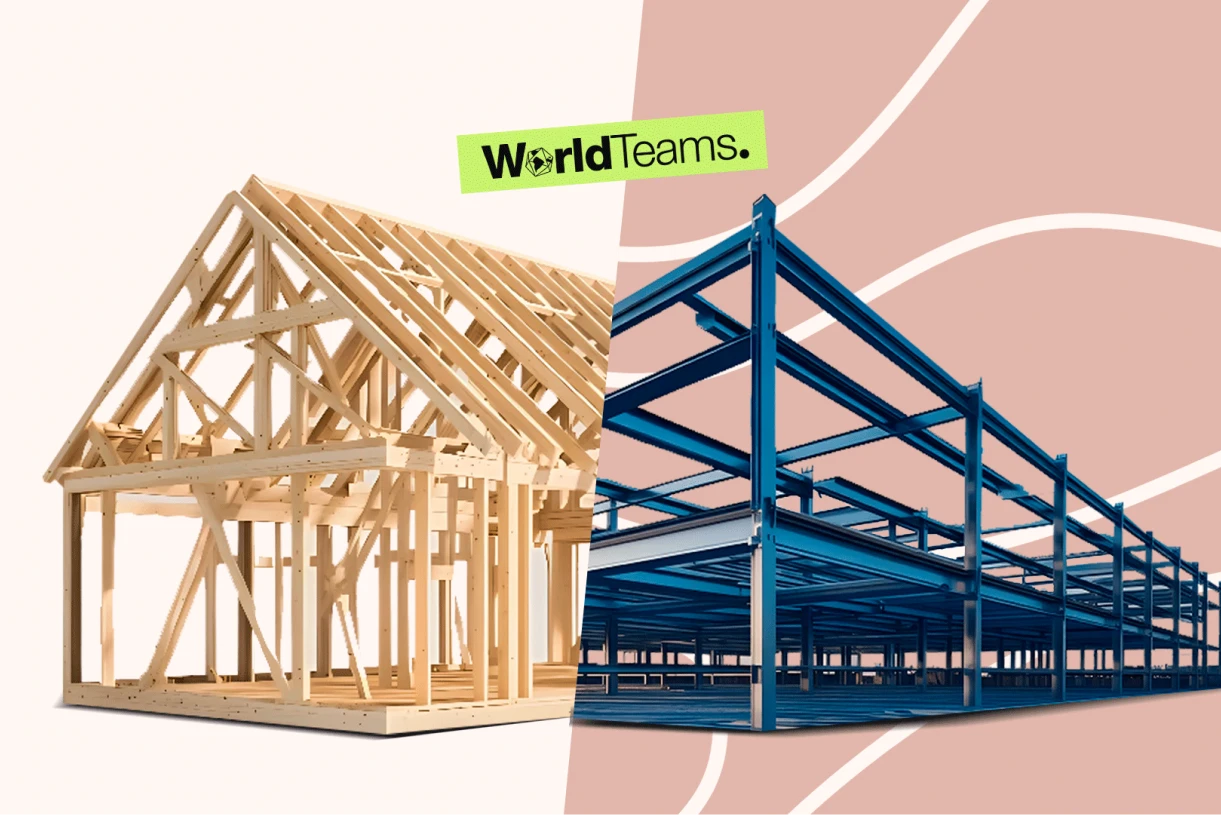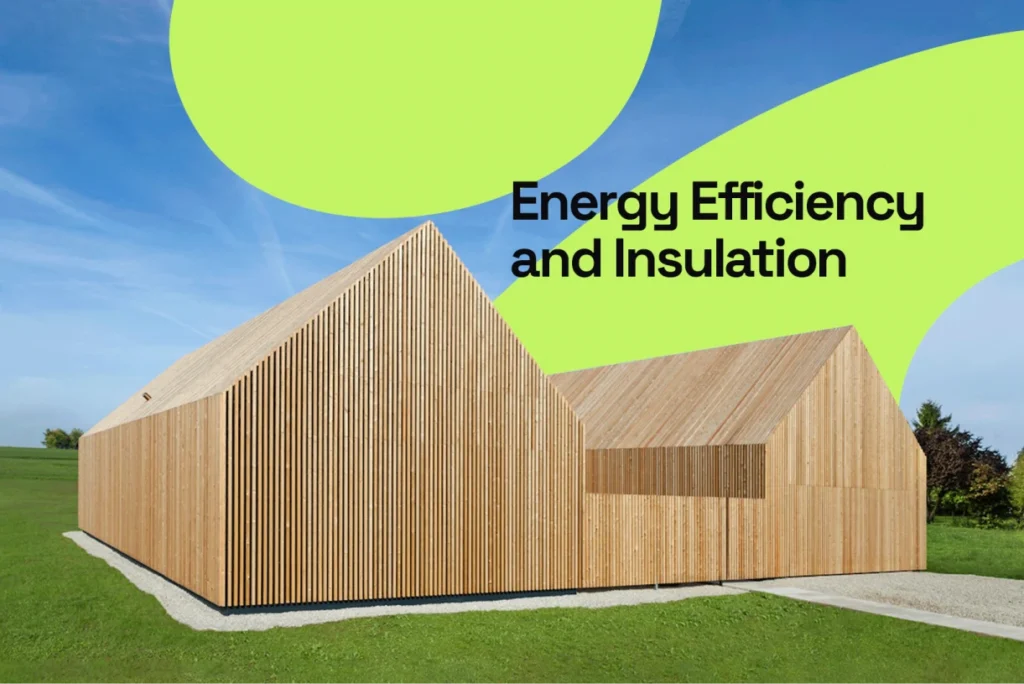Steel Frame vs Wood Frame: What Builders Need to Know

As the construction industry continues to evolve, the debate between steel frame vs wood frame construction remains more relevant than ever. Homeowners, developers, and architects alike are constantly seeking the best materials to meet their design, budget, and durability needs. While both steel and wood have long histories in home construction, the decision today involves more complex factors, including energy efficiency, structural performance, environmental impact, and cost-effectiveness.
In this article, we’ll compare steel frame vs wood frame building from multiple perspectives to help you make an informed decision—whether you’re building a new custom home or working on a commercial development. We’ll also explore secondary topics like steel vs wood insulation, timber frame vs steel frame, and how modern construction trends and architecture outsourcing services can simplify the decision-making process.
Understanding Steel and Wood Framing
What Is a Wood Frame Structure?
Wood frame structures are the traditional choice for residential buildings in North America. Their popularity comes from wood’s availability, affordability, and ease of use. Most wood frame houses are built using wood framing basics such as dimensional lumber and plywood, which are quick to assemble and adaptable to a variety of designs.
However, wood has its limitations. It’s vulnerable to moisture, termites, fire, and requires regular maintenance to prevent decay.
What Is a Steel Frame?
Steel framing—particularly cold-formed steel framing or light gauge steel frame—has gained popularity for its strength, durability, and resistance to pests and fire. Steel frame homes are especially common in commercial applications but are increasingly being adopted in residential construction.
Unlike wood, steel does not warp or shrink, and it maintains its structural integrity over time. However, it may require more technical skills during installation and is often more expensive upfront.
Cost Comparison: Steel Frame Construction Costs vs Wood
One of the most debated aspects in the steel frame vs wood frame conversation is cost. On the surface, wood is generally cheaper in terms of raw materials and labor. Steel frame construction costs, on the other hand, can be 10–30% higher depending on location, labor expertise, and availability.
However, steel frame durability means lower maintenance costs over time. It is also less susceptible to natural disasters such as hurricanes, earthquakes, and fires—which may lead to insurance savings and fewer repairs.
Environmental Impact and Sustainability
From an environmental perspective, wood is renewable and biodegradable, making it an attractive option for eco-conscious builders. However, concerns around deforestation and carbon footprint still persist.
Steel, while not renewable, is 100% recyclable. Many residential steel framing solutions use recycled content. Steel framing also allows for precision cutting and less waste during construction, which contributes to sustainability goals.

Energy Efficiency and Insulation
In the steel vs wood insulation debate, wood generally performs better as a natural insulator due to its lower thermal conductivity. However, steel framing can be made energy-efficient through the use of thermal breaks, spray foam insulation, and advanced building envelopes.
Choosing the right insulation strategy is crucial in any home renovation or custom home project. Steel framing may require more planning and materials to achieve the same thermal performance as wood, but when done correctly, both options can meet energy standards.
Strength and Durability
If you’re looking for strength and longevity, steel frame durability is unmatched. It doesn’t rot, it doesn’t attract termites, and it can stand up to extreme weather better than wood.
Wood, while easier to work with, is more vulnerable to the elements. That said, wood technology has advanced significantly—pressure-treated lumber and engineered wood products can extend the life and resilience of wood frame structures.
Design Flexibility
Modern architectural projects often demand flexible materials that can adapt to creative and complex designs. Both steel and wood offer excellent versatility. However, steel frames allow for longer spans and open floor plans without the need for interior load-bearing walls. This is ideal for contemporary and minimalist designs.
On the flip side, wood is easier to modify on-site, making it perfect for custom homes or renovations where changes might occur during construction.
Hybrid Options: Best of Both Worlds
Some architects and builders are turning to hybrid steel wood structures to take advantage of both materials. For example, using steel for structural framing and wood for interior finishes. This approach balances durability and aesthetics while maintaining cost-effectiveness.
In particular, custom homes often benefit from hybrid construction methods that provide the robustness of steel and the warmth and familiarity of wood.

Real-World Applications
Across the globe, both materials are used successfully in various projects. In earthquake-prone areas like California and Japan, steel frame homes vs wood is an active debate, with steel often preferred for its resilience.
Meanwhile, in rural and suburban North America, wood vs steel frame houses lean heavily toward wood due to cost and tradition. Still, modern builders are exploring residential steel framing to offer alternative housing solutions.
How Architecture Outsourcing Can Help
Choosing between steel vs wood frame building isn’t just about materials. It’s also about efficient planning, structural analysis, and design accuracy. That’s where architecture outsourcing services come in.
Working with experts in architectural design services, outsourcing architectural services, and outsourcing architect services allows you to get detailed cost comparisons, 3D renderings, and code-compliant documentation without hiring an in-house team.
For small to mid-sized firms, architecture outsourcing services provide access to seasoned professionals who understand both steel and wood systems—and can help you make the best decision for your project’s goals.
Final Verdict: Steel Frame Home vs Wood—Which Should You Choose?
Ultimately, the decision between steel frame home vs wood comes down to your project’s specific needs, location, and budget. Wood remains a reliable and economical choice, especially for residential developments with traditional design requirements. Steel, on the other hand, is perfect for those seeking longevity, safety, and a sleek modern look.
For many projects, a hybrid structure may offer the best solution—maximizing cost, sustainability, and performance.

Partner with WorldTeams for Expert Support
At WorldTeams, we specialize in supporting developers, builders, and architects through outsourced architectural services that optimize your workflow and elevate your results. Whether you’re deciding between wood vs steel frame house construction or need high-quality drafting and design development, our global network of architects and drafters is here to help.
From structural drawings and BIM to photorealistic renderings and permit sets, we ensure that every phase of your project is handled with expertise and precision. Let’s bring your vision to life—efficiently, cost-effectively, and on time.
Contact us today to see how WorldTeams can support your next build.









